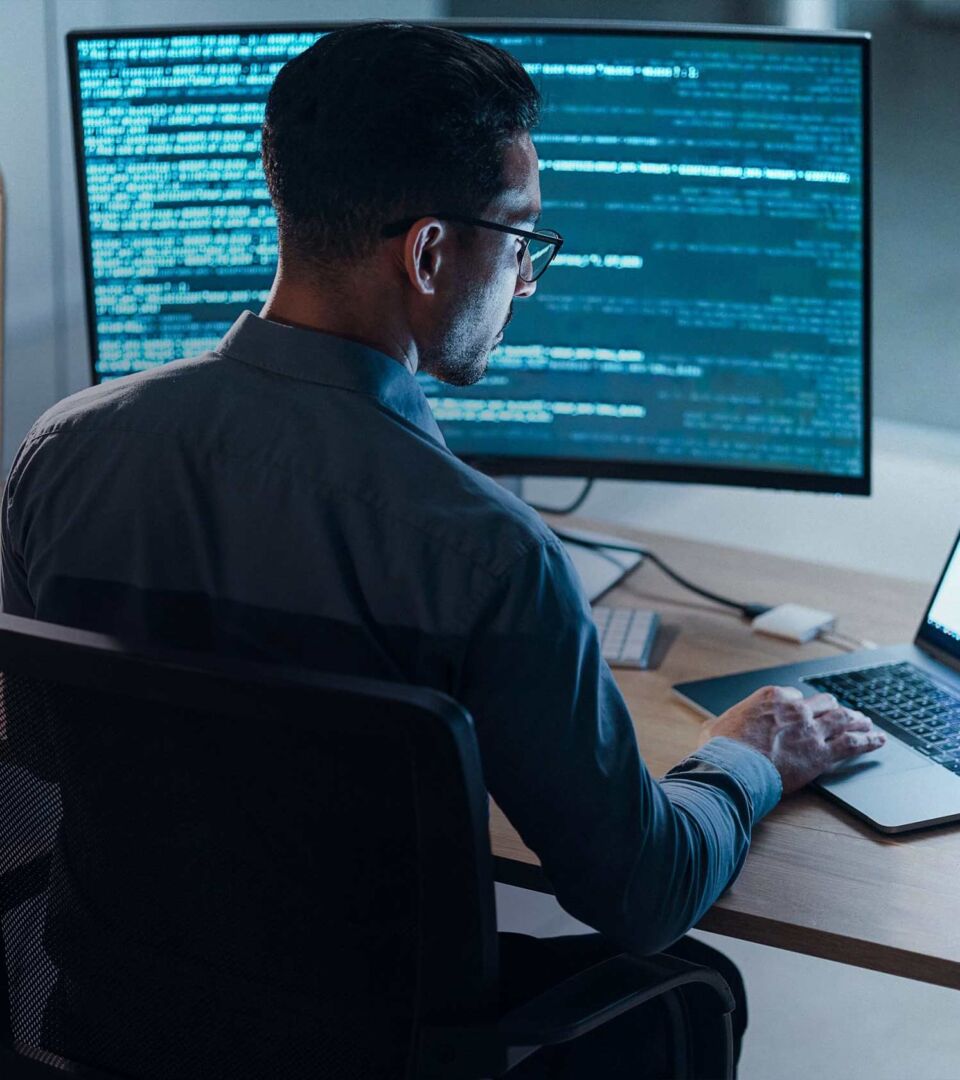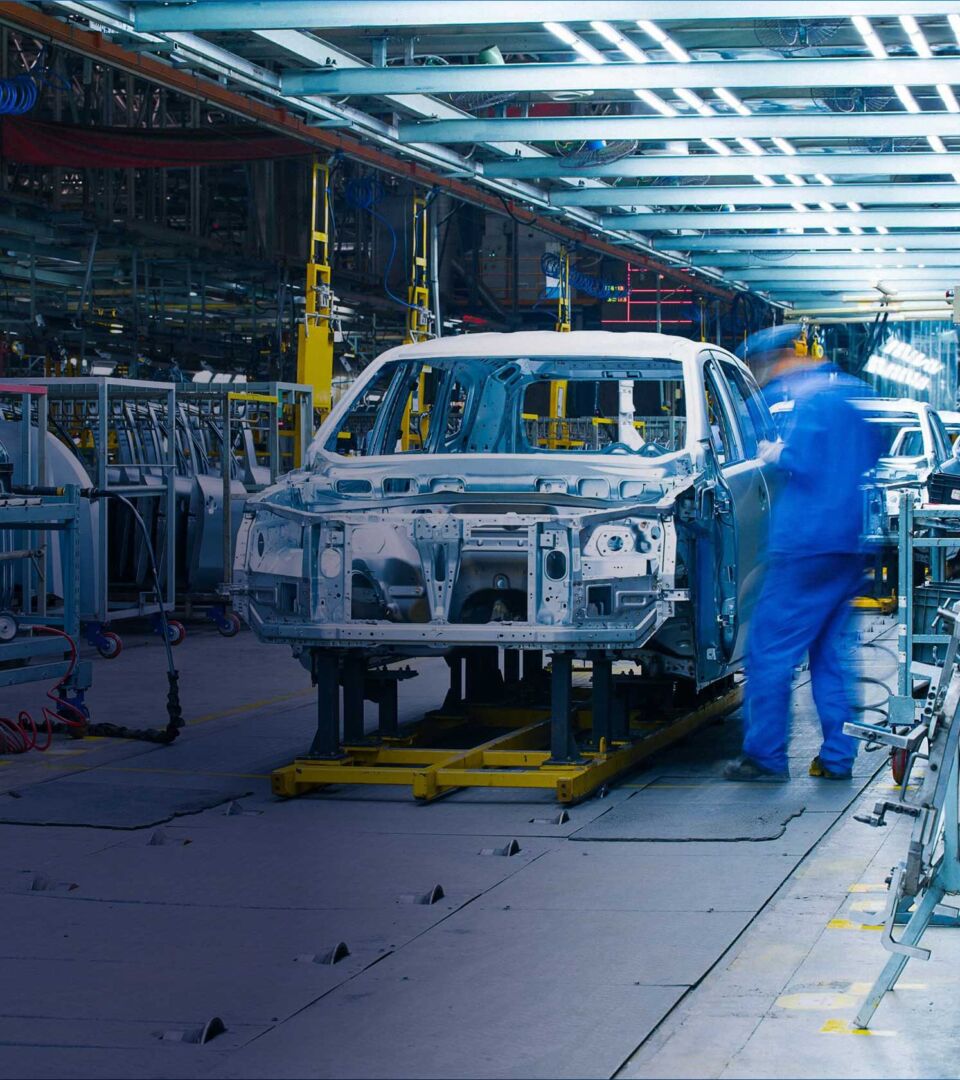Traditional desktop management methods, often based on manual processes and local infrastructure, are no longer sufficient for the needs of modern enterprises. Modern desktop management introduces an innovative approach that improves productivity, security and flexibility in an ever-changing technology environment.
What Does Modern Desktop Management Mean?
Modern Desktop Management focuses on leveraging cloud technologies, automation, and centralized management to ensure efficient and secure endpoint management. This approach includes:
- Cloud-based solutions for managing and distributing applications, updates and policies.
- Centralised control through a single platform that allows management of all devices, regardless of their geographical location.
- Safety standards integrated directly into the tools that protect data and users from modern cyber threats.
Why Is Traditional Desktop Management Insufficient?
Legacy desktop management methods often depend on physical access to devices or VPN connections. This leads to:
- Higher costs: Manual maintenance and deployment of updates are time-consuming and expensive.
- Limited flexibility: Working remotely or managing equipment in different locations can be complex and slow.
- Security loopholes: Traditional approaches are not robust enough to defend against modern threats such as ransomware or supply chain attacks.
Key Benefits of Modern Desktop Management
Efficiency and time saving: Automating common tasks such as installing updates, deploying applications and managing policies reduces the time-consuming nature of managing your IT environment.
Increased safety: Modern solutions integrate advanced tools such as multi-factor authentication (MFA), Zero Trust access, and real-time data protection, minimizing the risk of cyber attacks.
Flexibility for hybrid work: Employees can work securely from anywhere, with IT teams having full control of devices regardless of their location.
Simple message: Central tools like Microsoft Intune or other Unified Endpoint Management (UEM) solutions allow you to manage disparate devices (PCs, laptops, tablets, mobile phones) from a single interface.
How to Get Started with Modern Desktop Management?
Transition to modern desktop management can start with an analysis of your current IT environment and identifying areas for automation and optimization. Key steps include:
- Migrating management to the cloud, using solutions such as Microsoft Intune.
- Implementing a Zero Trust policy to ensure data and device security.
- Training IT teams and staff to use new technologies effectively.
Modern desktop management is not just about simplifying the daily work of the IT department. It’s a strategic step towards creating a secure, flexible and efficient environment that can keep up with today’s challenges.
Could modern management improve your IT efficiency and security? Contact us and together we will find the solution that best fits your organization’s needs. Our experts are happy to help you with the analysis and implementation of modern tools.



































